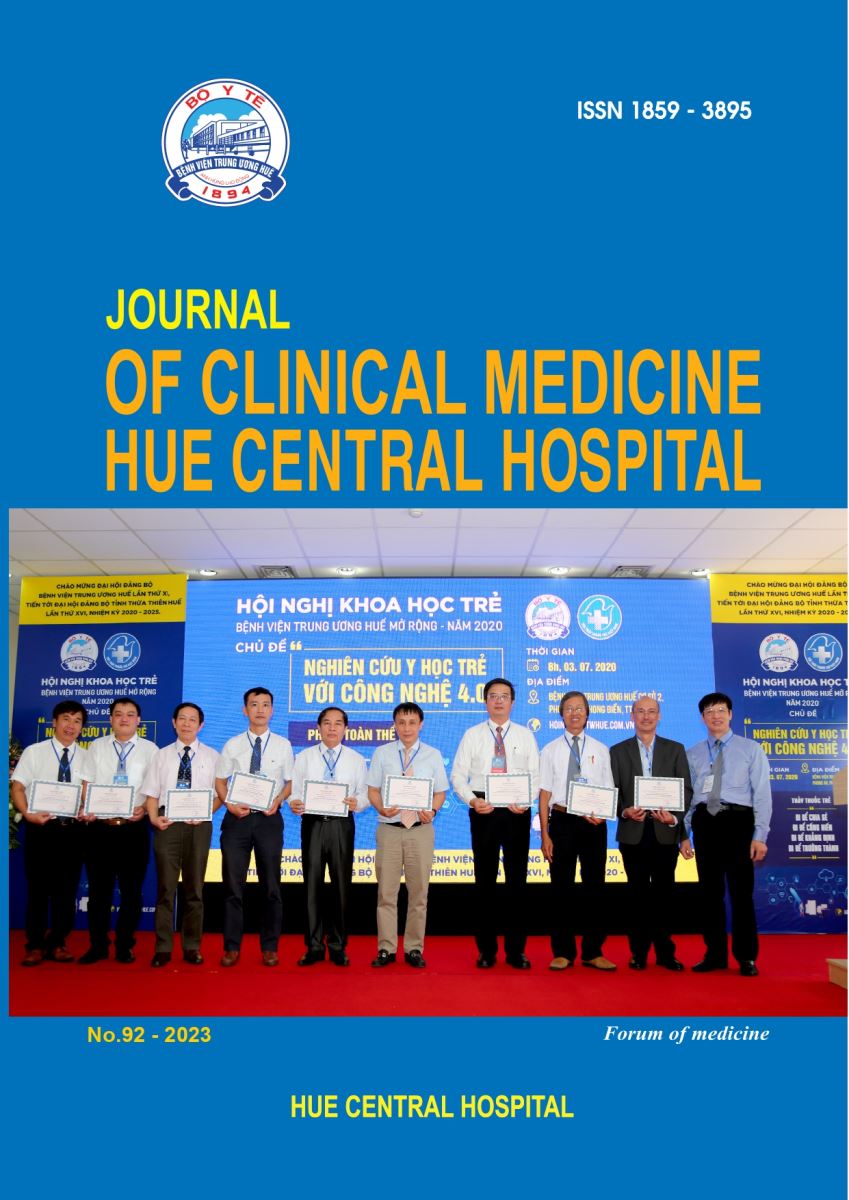Abstract
Orthodontics is one of the increasingly popular dental specialties. With the driving force in technology and the development of materials, nowadays, straightening options is more predictable with clear aligner, it helps to improve the problems of malocclusion more possibly and more comfortably. It is known as a highly aesthetic orthodontic appliance, which is near-invisible, enhances oral hygiene as well as comfort during treatment. Invisalign is one of the pioneers in clear aligners, that’s why clear aligners is warmly welcomed all over the world and particularly in Vietnam. In this article, we report two cases of comprehensive treatment with clear aligner from Invisalign within 18 months, under the support of artificial intelligence to plan tooth movement through Clincheck© software. The aim is to present the efficacy of the latest orthodontic therapy, and to offer patients more treatment options in correcting various types of malocclusion.
References
Fry B. Complex orthodontic treatment using a new protocol for the Invisalign Appliance. Journal of clinical orthodontics: JCO. 2017;51(9):610-4.
Kesling HD. The philosophy of the tooth positioning appliance. American Journal of Orthodontics Oral Surgery. 1945;31(6):297-304.
Condò R, Mampieri G, Giancotti A, Cerroni L, Divizia A et al. SEM characterization and ageing analysis on two generation of invisible aligners. BMC Oral Health. 2021;21(1):1-11.
Boyd RL, Waskalic V. Three-dimensional diagnosis andorthodontic treatment of complex malocclusions with the invisalign appliance. Seminars in orthodontics; 2001: Elsevier.
Akdeniz S, Tosun MEA. review of the use of artificial intelligence in orthodontics. Journal of Experimental Clinical Medicine. 2021;38(3s):157-62.
Kravitz ND, Kusnoto B, BeGole E, Obrez A, Agran B. How well does Invisalign work? A prospective clinical study evaluating the efficacy of tooth movement with Invisalign. American Journal of Orthodontics and Dentofacial Orthopedics. 2009;135(1):27-35.
Miller KB, McGorray SP, Womack R, Quintero JC, Perelmuter M, Gibson J, et al. A comparison of treatment impacts between Invisalign aligner and fixed appliance therapy during the first week of treatment. American Journal of Orthodontics and Dentofacial Orthopedics. 2007;131(3):302. e1-. e9.
Duong T, Eric K. Finishing with invisalign. Progress in orthodontics. 2006;7(1):44-55.
Boyd RL. Complex orthodontic treatment using a new protocol for the Invisalign appliance. Journal of clinical orthodontics: JCO. 2007;41(9):525-3.
Alajmi S, Shaban A, Al-Azemi R. Comparison of shortterm oral impacts experienced by patients treated with Invisalign or conventional fixed orthodontic appliances. Medical Principles and Practice. 2020;29(4):382-8.
Beberhold K, Sachse-Kulp A, Schwestka-Poll R, Hornecker E, Ziebolz D. The Orthodontic Plaque Index: an oral hygiene index for patients with multibracket appliances. ORTHODONTICS: The Art and Practice of Dentofacial Enhancement. 2012;13(1):94-9.
Melkos AB. Advances in digital technology and orthodontics: a reference to the Invisalign method. Medical Science Monitor. 2005;11(5):PI39-42.
Barbagallo LJ, Jones AS, Petocz P, Darendelile MA. Physical properties of root cementum: part 10.Comparison of the effects of invisible removable thermoplastic appliances with light and heavy orthodontic forces on premolar cementum. A microcomputed-tomography study. American Journal of Orthodontics and Dentofacial Orthopedics. 2008;133(2):218-27
| Published | 26-12-2024 | |
| Fulltext |
|
|
| Language |
|
|
| Issue | No. 92 (2023) | |
| Section | Original article | |
| DOI | 10.38103/jcmhch.92.15 | |
| Keywords | Clear aligners, Invisalign®, orthodontic treatment, malocclusion. |

This work is licensed under a Creative Commons Attribution-NonCommercial-NoDerivatives 4.0 International License.
Copyright (c) 2023 Journal of Clinical Medicine Hue Central Hospital

